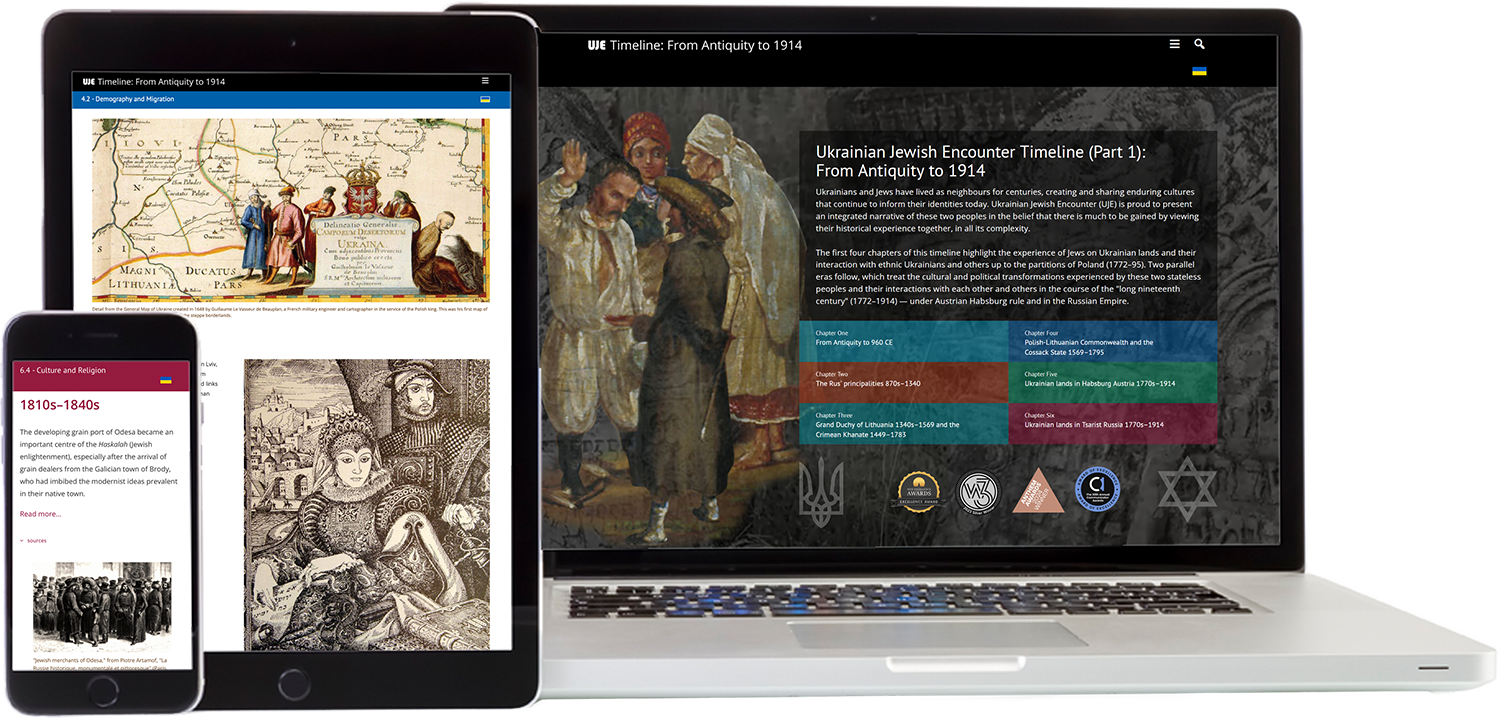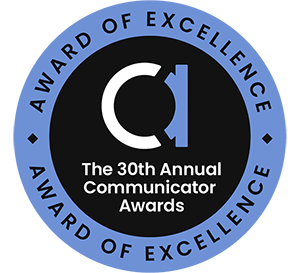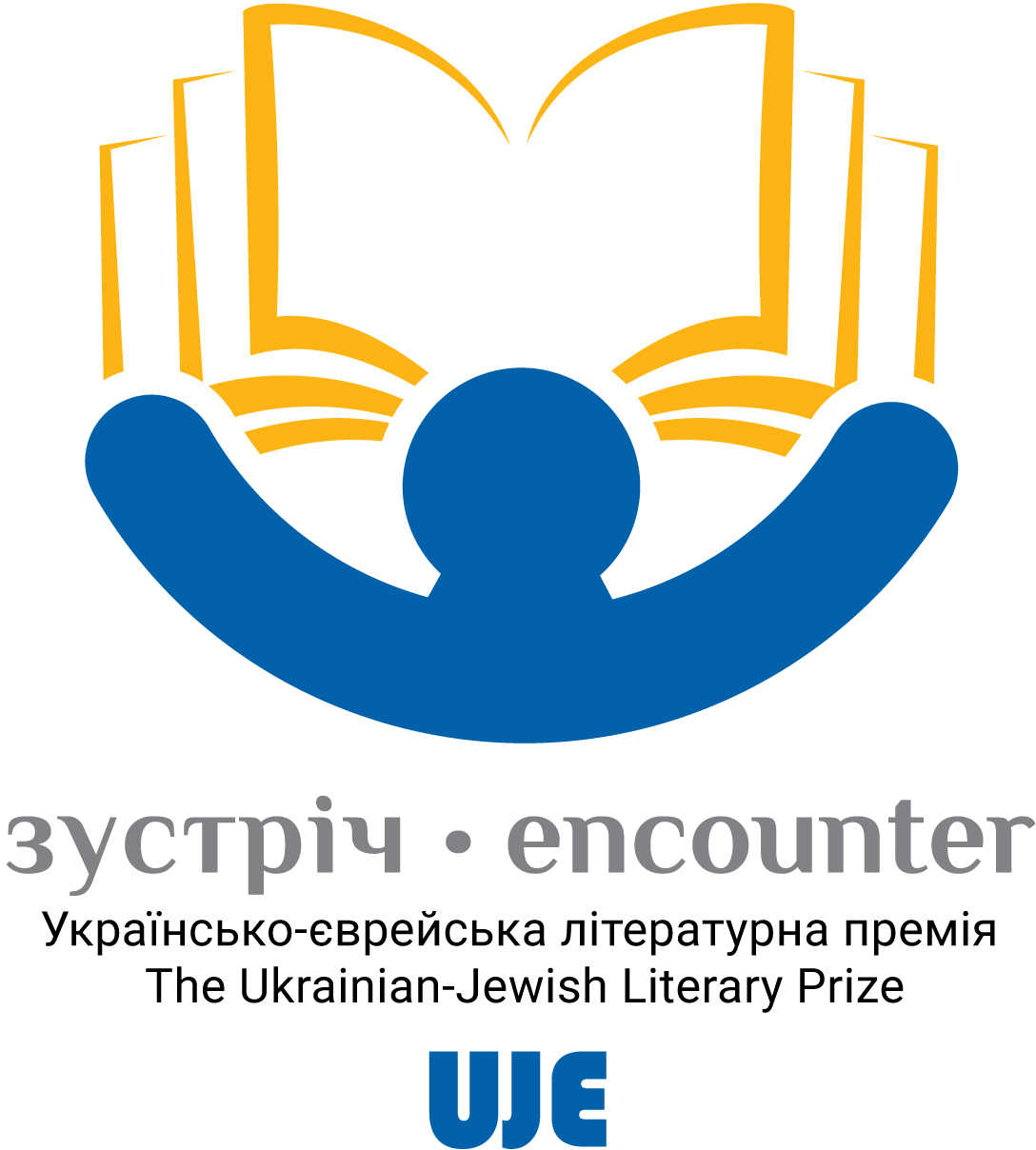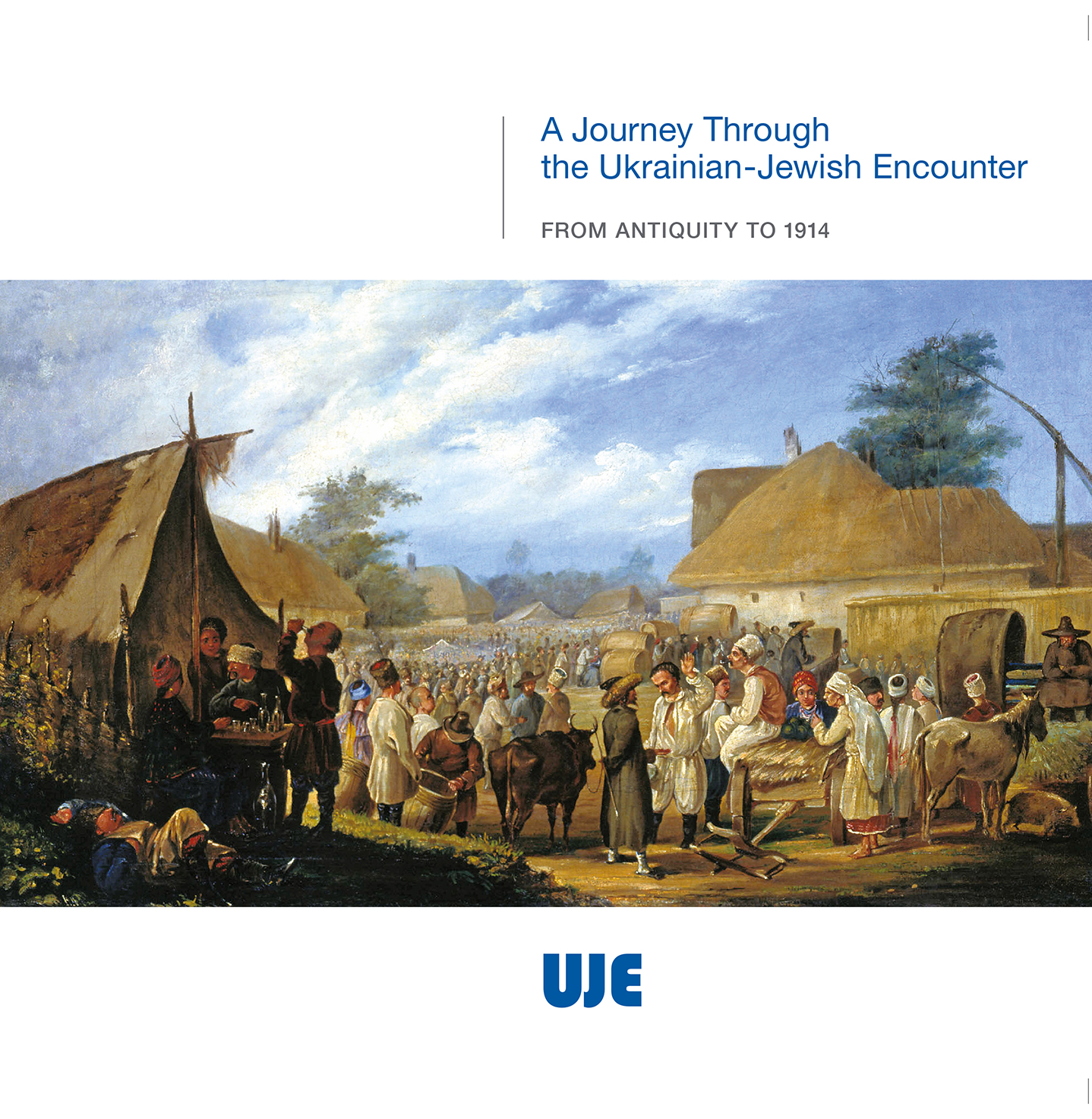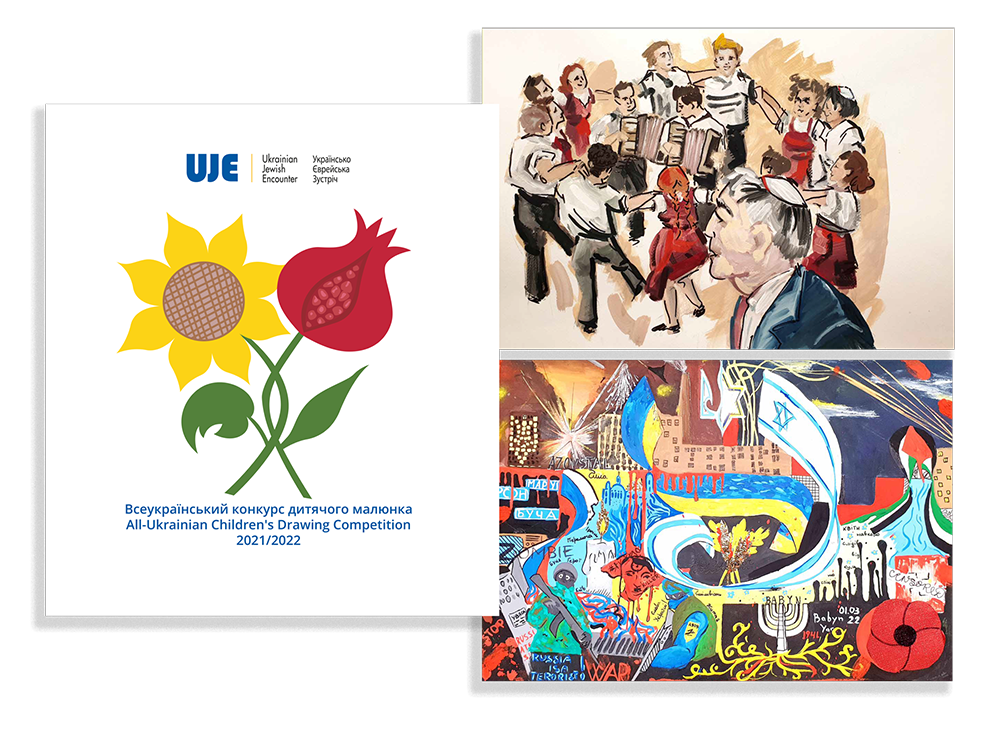"It's our shared tragedy": Shaping Babyn Yar memory in Ukraine
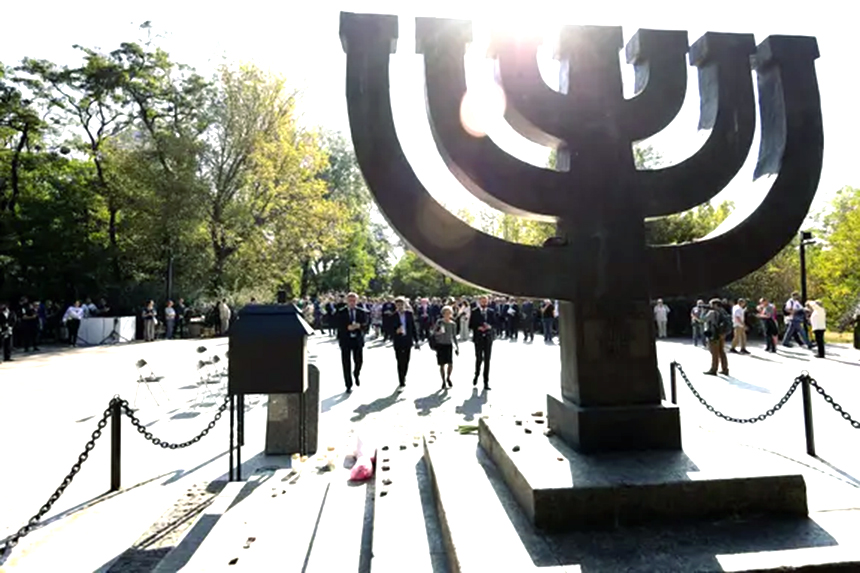
Anton Drobovych, head of the Ukrainian Institute of National Memory, discusses how the memory of Babyn Yar is being shaped in Ukraine.
Babyn Yar as a collective tragedy
Yelyzaveta Tsarehradska: On 29 September, we commemorate the Babyn Yar tragedy and return to the topic of our memory and remembering tragedies. I was once struck by the realization that some people did not interpret Babyn Yar as a tragedy of the Ukrainian people. Instead, they singled out the Jews and Roma, who were shot there, and considered it a Jewish tragedy, although ethnic Ukrainians were also among the victims. To me, this reveals a gap that needs to be closed. What is your view of the current situation? Is it enough for the president and top government officials to come to the memorial, lay flowers, and stay for the prayer service?
Anton Drobovych: I have to agree that this problem does exist. It has its history and genealogy. The Soviet Union greatly contributed to people's perception of Babyn Yar as the tragedy of others and as a Jewish problem. Personally, I had the most significant conflict on this topic with the famous Ukrainian director Serhii Loznytsia, who said, literally, that this was the memory of the Jewish rather than Ukrainian people. To me, this was an expression of stale and stagnant Soviet mentality and a revelation that even such talented and renowned individuals could fail to understand basic things.
The basic thing is that six million Jews died during the Holocaust. In Ukraine, the Nazis and their henchmen killed 1.5 million Ukrainian Jews, who were integrated into the Ukrainian community. Even if they had not been integrated, it would still be a Ukrainian tragedy. But they were very well integrated into the community.
Those people were teachers, friends, buddies, and neighbors. Essentially, they were the flesh and blood of our community. Notably, especially in central Ukraine, those were mainly secular Jews who did not live in segregated communities or wear any religious attributes or specific clothing. They were completely integrated, even in terms of everyday life.
Thus, someone saying it's not our tragedy fails to grasp some deep things. The tragedy of any people on the planet affects all of humanity. So, that person cannot comprehend such ethical and cultural things. But the problem is also that the director of the documentary film about Babyn Yar [Serhii Loznytsia. — Ed.] did not grasp after completing his work that people who were deeply integrated into society, even on a visual level, are part of our tragedy. That's the problem.
Of course, some people with conservative, right-wing views just can't accept it as they embrace the old, 19th-century concept of ethnic nationalism. But the fact is that this is our common tragedy. That the Soviet Union tried in every possible way to erase it and remove it from our memory to prevent this kind of solidarity should only encourage us.
As far as the measures to maintain this memory are concerned, the official ceremonies are clearly insufficient. For example, it is crucial for us as a community, even in the face of the current full-scale war, to create projects involving this memorial place and not just toward certain dates.
The prayer meeting you mentioned is actually one of the new memorial practices. The Institute of National Memory and I personally have been involved in introducing it. It is essential for us that, at least once a year, different denominations participate in an event commemorating our people who died. It includes various aspects. There is the official laying of flowers and a prayer event showing our interdenominational reality and our picture and understanding of the importance of this memory. In 2024, the Babyn Yar reserve prepared an extensive program that included a restored Babyn Yar symphony composed in Kharkiv, Ukraine.
Yelyzaveta Tsarehradska: The score was restored, and it was absolutely fantastic to hear it at the Philharmonic Society.
Anton Drobovych: We understand that it did not happen as formal preparations toward a memorial date. Rather, it is a huge body of work done by a large team. Ukraine has a national historical and memorial reserve that specializes in these things. For example, we have multiyear digital projects, and we make time for these things even amidst war. Ukraine has Holocaust research centers, Tkuma and the Ukrainian Center for Holocaust Studies, whose operation does not hinge upon dates. They do it continually and have been active in the field for years. This indicates that we have an adequate community.
Is this enough, or do we need to put more effort into this area? I don't think there is a sweet spot here where you can say: "That's it. Now relax." We shouldn't do it. I see that these things really touch people's hearts and interest scholars. There is an infrastructure and an ecosystem of memory concerning this topic. It should definitely be strengthened, especially now, when the top researchers in this area are in the army, while some have left and some others may have even been injured or killed. This should not be taken lightly. Society needs to thank these people and remember that we are not the kind of community the Soviets wanted to turn us into.
How the Institute of National Memory handles the topic of Babyn Yar
Yelyzaveta Tsarehradska: As the head of the Ukrainian Institute of National Memory, what are the tactical and strategic lines of activity have you chosen for covering and presenting this topic? How does your institute handle this topic in general?
Anton Drobovych: Our lines of activity are determined by the memory damage that occurred. We focus on those aspects that disappeared from societal memory or were intentionally erased by the Soviet Union or Nazi Germany, and where, so to speak, the bugs of hatred were planted.
Yelyzaveta Tsarehradska: It's like the sports complex the Soviets built in Babyn Yar. It speaks volumes about how the Soviet authorities reacted to this tragedy and is also a monument of sorts.
Anton Drobovych: Add to this the TV center set up on top of the cemetery.
As a central body of executive power, our institute is tasked with restoring damaged pages in history and popularizing history. We also have a particular focus on interethnic harmony and unity. One of the tactics in all previous totalitarian regimes was to sow discord between different ethnic communities. This was done for one simple reason. You see, when everyone was at loggerheads with each other, there was no unity, and people could easily be manipulated and destroyed. Second, this made it easier to turn them into "Soviet people," Homo sovieticus. Accordingly, we are guided by these deformations when choosing our areas of activity. We explore the archives, help restore these things, and popularize this information.
Another essential methodological principle is to show the contextuality of connections. People who do not understand that Babyn Yar is a tragedy of the Ukrainian people have lost the context. Meanwhile, we have even literary confirmation of Jews being integrated into the Ukrainian community.
I recently re-read Sholem Aleichem's stories about Tevye the Milkman. In one episode, the protagonist describes how rioters came to him to commit a pogrom. He asked them what they wanted from him. They replied: "We have no complaints against you. Honestly, we don't know why you need to be subjected to a pogrom. But they are doing pogroms in big cities; leaflets are being distributed, so we need to do it, too, because that's what the situation is." So, depicting a small Ukrainian town, Sholem Aleichem shows that it was a strange thing even back then.
People have lived side by side for decades, centuries, and millennia. Ukrainians and Jews have lived in the same space for at least 1,000 years, according to chronicles, annals, and other documents.
Of course, there will always be some everyday conflicts, but they are not based on ethnicity. It's like a family quarrel: when a conflict erupts, everything becomes a target, e.g., a specific shape and length of someone's nose, social status, etc. But this is not ethnically determined. Thus, various political programs aimed at stirring up hatred exploit these things. Our task is the opposite: showing and emphasizing unity without ignoring problematic issues.
We are not saying that everything was wonderful in our relations with the Jews. We are not afraid to speak about problematic aspects, such as snitches, antisemites, or those who reported their neighbors to the Nazis. Likewise, we do not keep silent about state antisemitism in Soviet times and speak frankly about it. The principle of truthfulness is the most important thing here.
The second motive comes from our legislation. Ukraine is a multiethnic state; our normative acts do not refer to an ethnic state. We have an established political nation. A political nation is about self-determination and shared values. Our institute tells this story over and over again as a reminder that Ukraine is a political nation. It's not instrumentalizing history but highlighting the value framework based on which we view history.
Soviet efforts to erase the Babyn Yar memory and today's situation
Yelyzaveta Tsarehradska: Babyn Yar is well-known and studied in the school curriculum. However, many other places where Jews were executed are not remembered or commemorated, not even in the local communities. I understand that this is not the responsibility of your institute, but do you think you could help change the situation somehow? For instance, come to every community or send an e-mail requesting to hold some event or make a normal road so that people could get to the memorial. What can be done?
Anton Drobovych: This is indeed a systemic issue. Researchers note that there are several thousand places of memory, several thousand such ravines. The most famous are, of course, Babyn Yar, Drobytsky Yar, and the place of mass shooting of Jews near Kamianets-Podilsky. Virtually every community where Jews lived before the Second World War has a place of mass shootings. The Sonderkommandos organized massacres in convenient locations, off the road, with a natural depression. So, ravines were often chosen for these Aktionen, as the Nazis called them. Babyn Yar was called the große Aktion (big action).
Our communities do not always know or commemorate such spaces for several reasons. First, during the Second World War, when these actions were carried out, it was perilous to be there and witness them. Contrary to the lies spawned by Russian propaganda, the local population was not massively involved in the actions. There were, of course, local collaborators who helped, but the local population was almost never directly involved in the shootings. At most, locals could be used as a second police cordon.
Moreover, as a rule, if there was an action to kill Jews in a town or city, the police worked there, and the policemen would have been recruited from previously occupied territories. The locals had not yet had time to be assimilated or exploited by the Nazi propaganda machine. Accordingly, the community's first experience associated with such a place was fear and alienation, as the Germans did not want to have any eyewitnesses there.
Later, these sites were examined and excavated. Immediately after the war, the Soviet authorities did that to expose how bad the Germans were. They showed these sites to people, but only for a short while. They examined and photographed them for trials and tribunals and then banned the locals from approaching these places. Why?
It was important for the Soviets not to emphasize that it was the tragedy of the Jewish people, the Jewish community, and a shared tragedy. They chose to say it was forbidden and closed to prevent communities from developing and maintaining memory and empathy and, worst of all, consolidating around this tragedy. So, these sites were associated with shame, fear, pity, pain, and compassion for many decades and became unpopular.
In the 1990s, Ukraine gained independence and began discussing and raising this issue. At the time, there was already a habit of staying away from such sites, which was a powerful alienation factor. Later, various problems, such as the lack of funds, added insult to injury. There is also a shortage of local historians who can conduct tours and explain what happened at such sites. That is, you have Babyn Yar described in a textbook, but no local historian in your school can guide you and help you understand the issue in all its aspects.
Obviously, we try to do some things. We put out a basic statement that there were a lot of such ravines in multiple areas. We try to emphasize these things, but local communities need to show initiative. For example, the Rivne community marked the local space. Professor Maksym Gon, who is in the army now, set up a center there. This is one example of a person who was involved in creating a memory ecosystem and currently serves in the military. However, other communities may not want to do so, or they may lack resources. For our part, we try to stimulate and encourage these processes.
Sosonky is a site of mass executions of Rivne residents during the Second World War.
There will be no progress until the communities take a proactive position and some engaged activist or volunteer discovers the facts, becomes deeply involved, and tells others in the community.
The role of the state and the lack of resources
Yelyzaveta Tsarehradska: How do you see the state's role in these processes? The state obviously sets the general tone, from laws to memorial dates, but a lot depends on personal initiative. To what extent should the state regulate these processes? How much should the state be involved?
Anton Drobovych: I believe the state's position on this block of issues is, in principle, quite healthy. The state sends adequate messages. The Institute of National Memory and the Ministry of Culture and Strategic Communications highlight this. The president participates in the laying of flowers. We organize prayer events jointly with the State Service for Ethnic Policy and Freedom of Conscience. Our colleagues responsible for the ethnic policy have developed a strategy for informing society about the history of different ethnic groups.
The intensity of the messages can be slightly increased when working with communities to explain why we should know about historical events and remember them. This will make us stronger and more capable as a community. Solidarity and love spread better among people when you are interested and study such things.
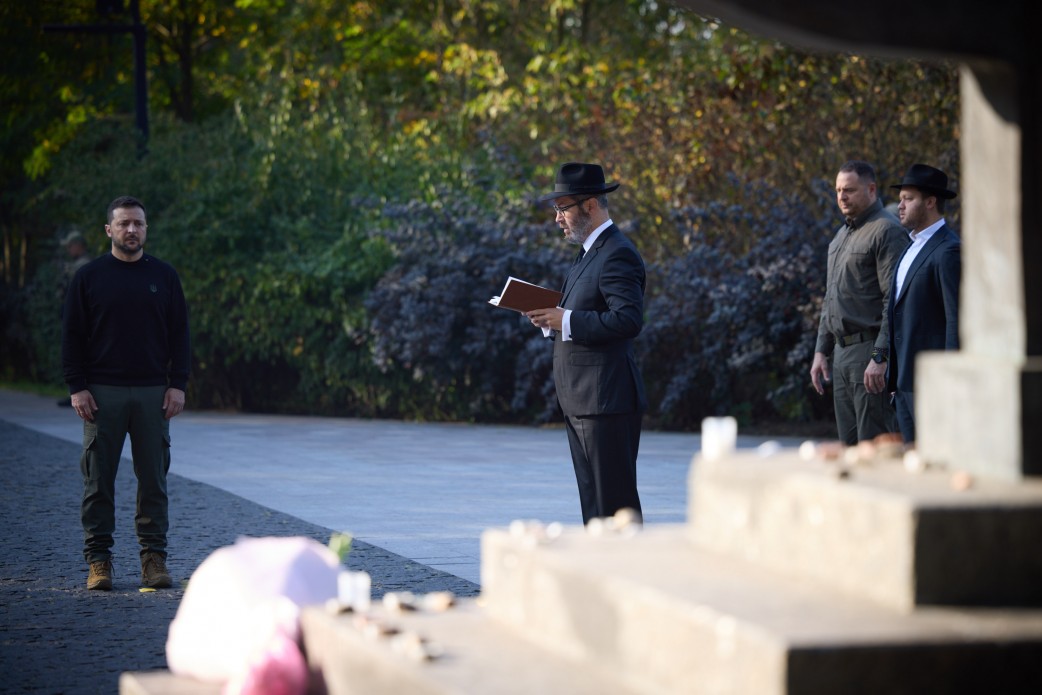
However, there is a lack of resources and financial support. If there were money to implement the strategy I've mentioned and our recommendations for schools, and if the Ukrainian Cultural Foundation had UAH 50 million to create a program for restoring, marking, and popularizing places of memory linked to the Second World War and the mass executions of Jews and Roma people, communities could apply for such grants and develop these spaces, which are usually parks, squares, etc. Communities could install signs, put those sites in order, and make them their own culturally, understanding that this is our history and our places of memory.
We lack funding and resources. The state should definitely step up here, but it's tough to do now, during the war. At a recent meeting with the Committee on Humanitarian Policy in the Verkhovna Rada, we saw that budget allocations for humanitarian programs would be cut severely.
Despite all the big slogans about this war being fought for our identity, it's very difficult to defend spending in this field politically. And that's the second part of the problem. You can beat your chest all you want and say it's politically important. You may even have great programs and the support of several central government bodies. But if you don't back it up with specific actions and resources, it won't work as well as it should.
Learning more about Babyn Yar
Yelyzaveta Tsarehradska: What would you recommend visiting, watching, or reading about Babyn Yar and the Holocaust in general?
Anton Drobovych: If you can, come to Kyiv for 29-30 September when we remember the tragedy of Kyivan Jews. Visit the Babyn Yar reserve and the places of memory there. It has many different sites, memorial signs, and monuments dedicated to Jews and Roma people. You can lay flowers or leave a stone in line with the Eastern tradition. My overall recommendation is to visit the Babyn Yar reserve and its resources on these days.
You can also google a specific region in Ukraine and see what places of Jewish memory are located there. For example, Drobytsky Yar is quite a distance away from Kharkiv, so you need to drive there to see the memorial. There are many more such memorials that you can visit. Just take a walk, reflect, remember those people, lay flowers, take children along, show them the site, and explain what happened there.
You can read Anatoly Kuznetsov's excellent documentary novel Babyn Yar without leaving home. It sheds light on many things and has been translated into Ukrainian.
Furthermore, our institute has an entire section on its website with a list of materials. There is also a separate portal about Babyn Yar with a brochure about those tragic events, methodological materials, and books.
On 29 September 2024, Ukraine marked the 83rd anniversary of the Babyn Yar massacre. This tragedy was one of the most terrible Holocaust events.
On 29-30 September 1941, the military carried out the first mass shooting of unarmed civilians in Nazi-occupied Kyiv. From 29 September to 11 October, the Nazis destroyed almost the entire Jewish population of the city — over 50,000 men, women, and children, with nearly 34,000 people murdered in the first two days and another 17,000 on 1, 2, 8, and 11 October.
This program is created with the support of Ukrainian Jewish Encounter (UJE), a Canadian charitable non-profit organization.
Originally appeared in Ukrainian (Hromadske Radio podcast) here.
This transcript has been edited for length and clarity.
Translated from the Ukrainian by Vasyl Starko.
NOTE: UJE does not necessarily endorse opinions expressed in articles and other materials published on its website and social media pages. Such materials are posted to promote discussion related to Ukrainian-Jewish interactions and relations. The website and social media pages will be places of information that reflect varied viewpoints.







